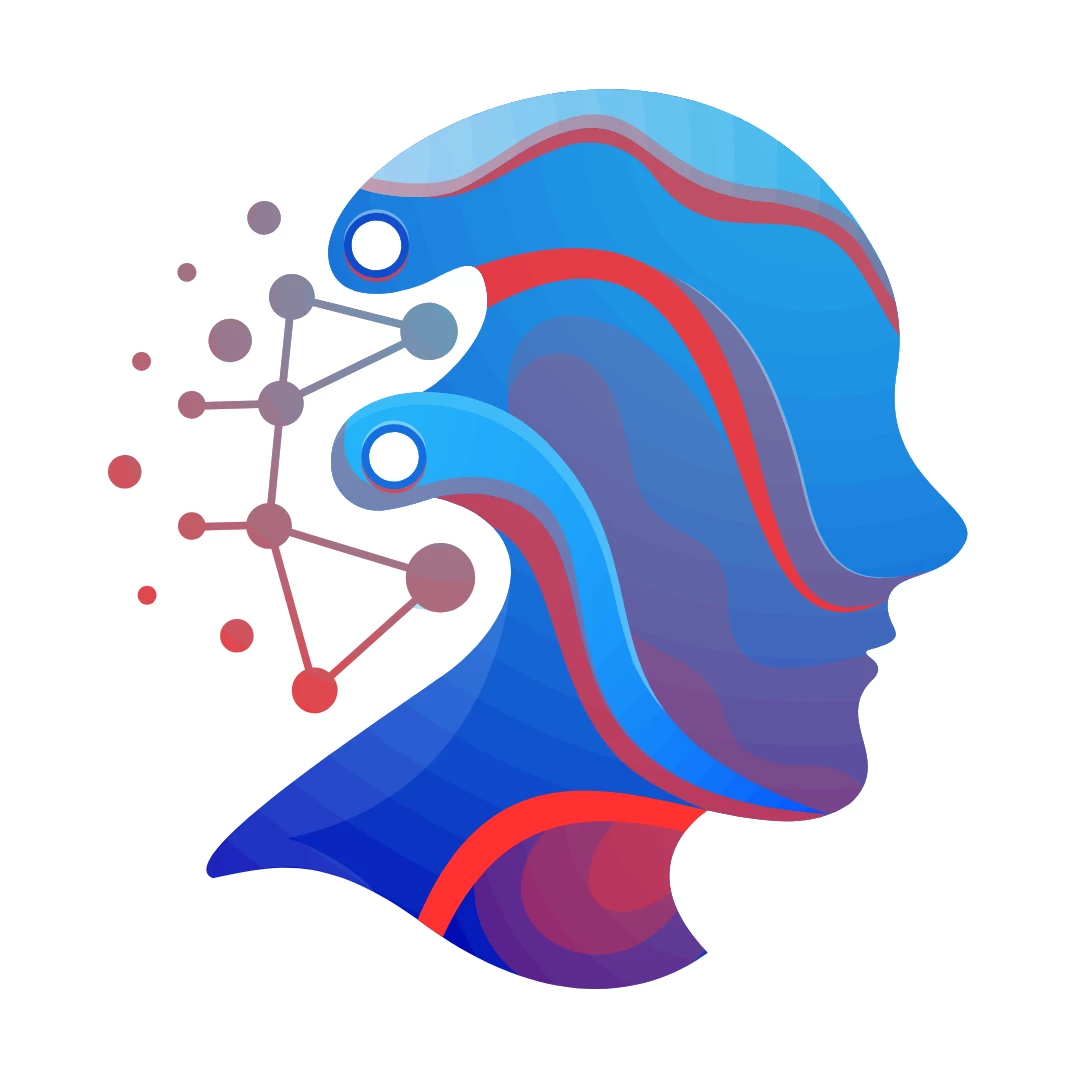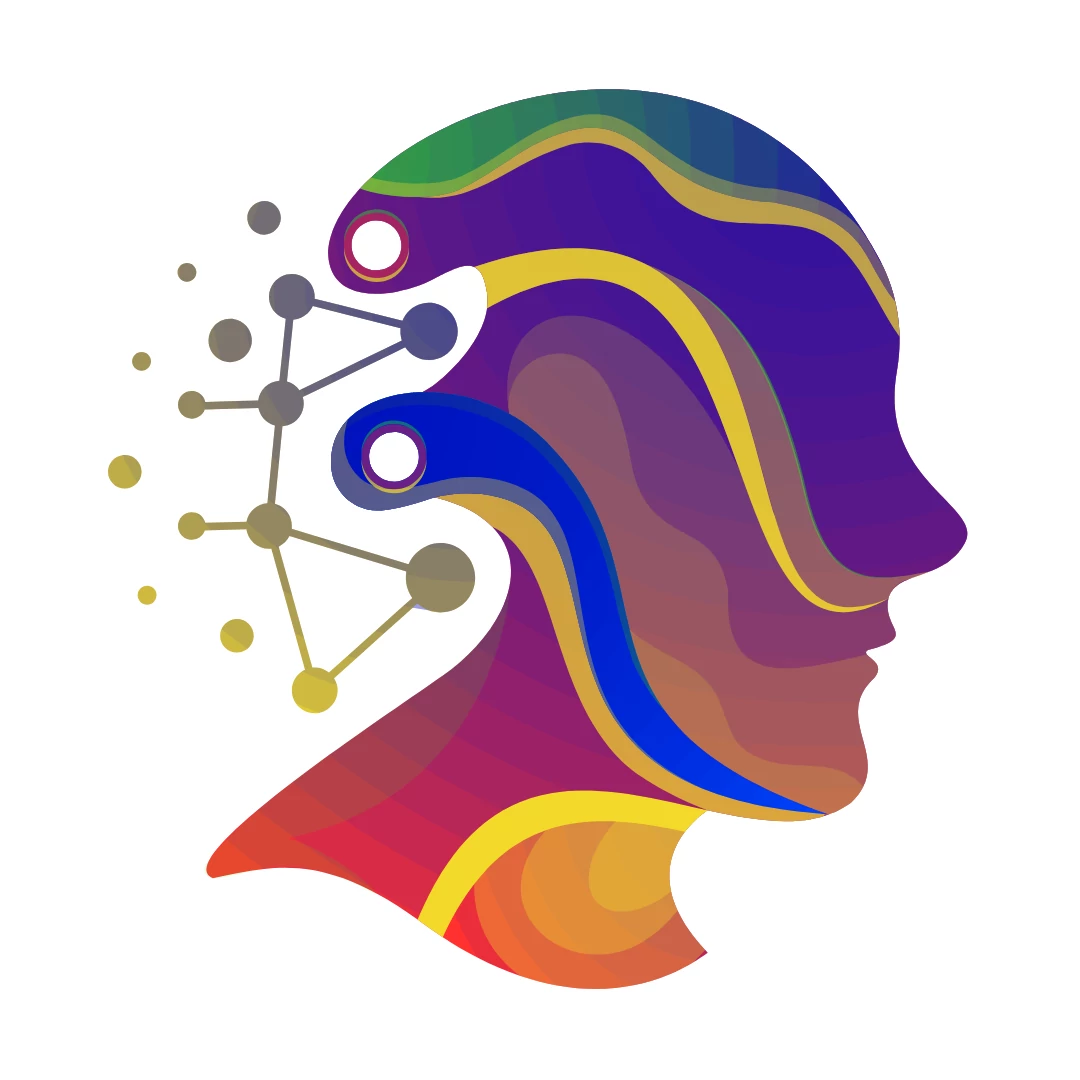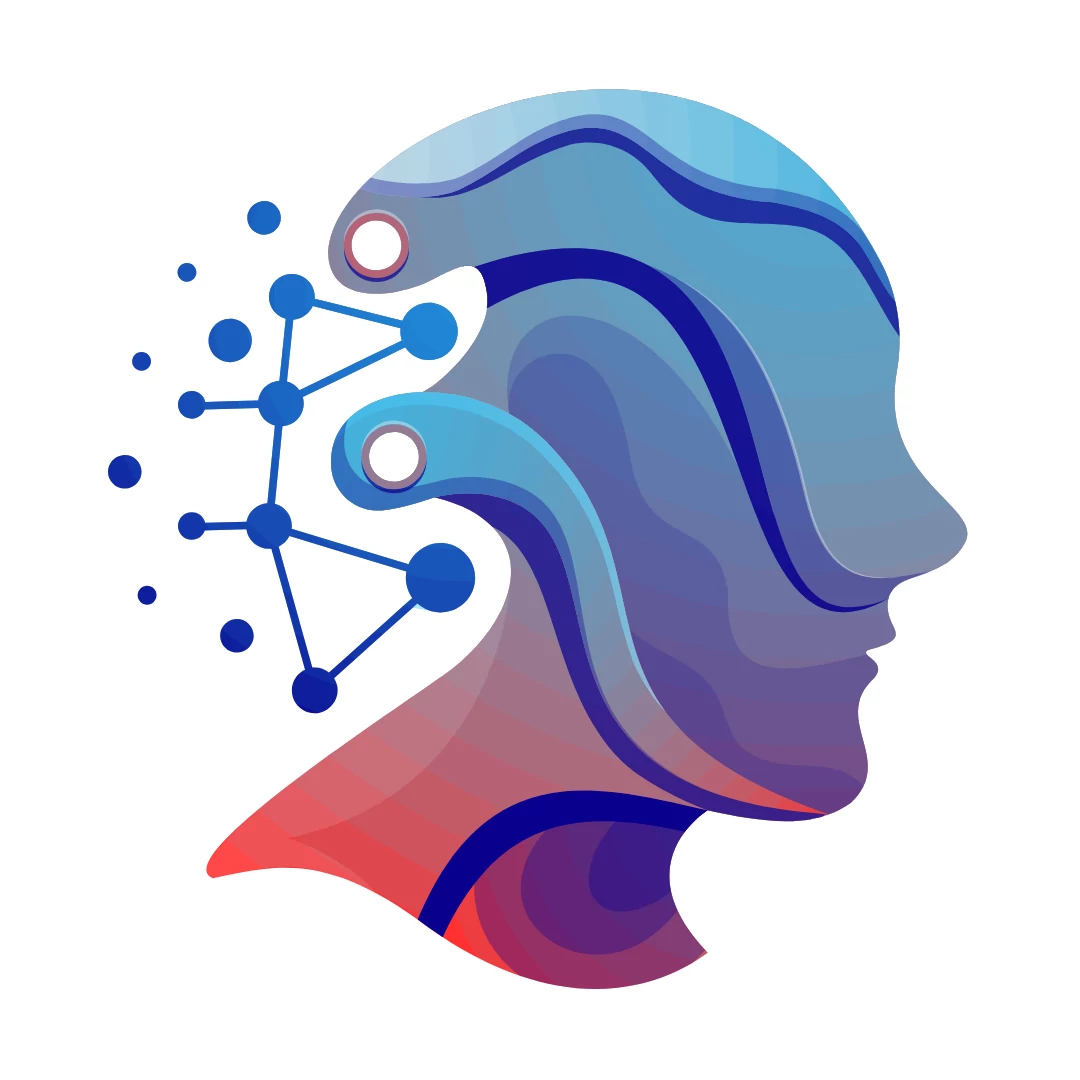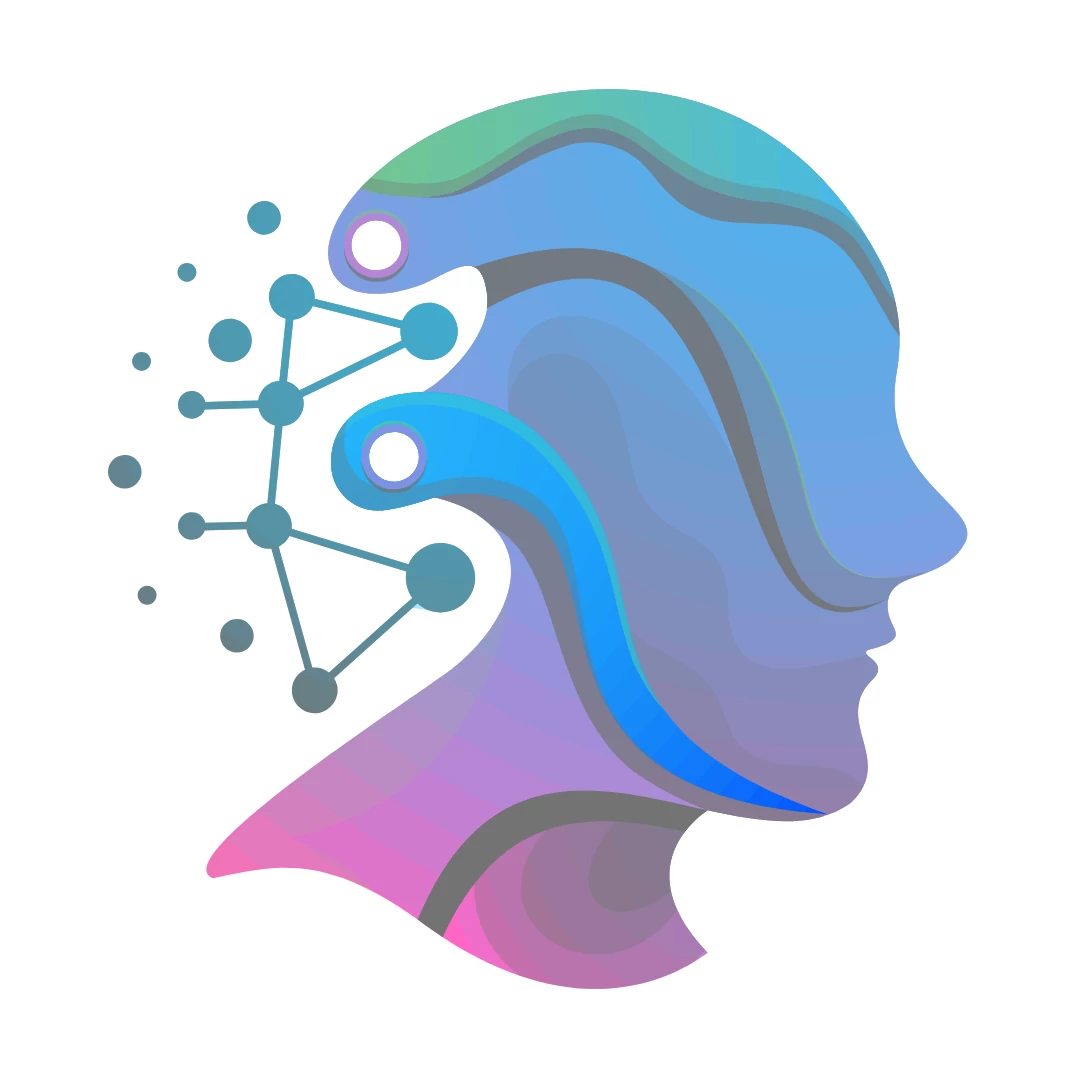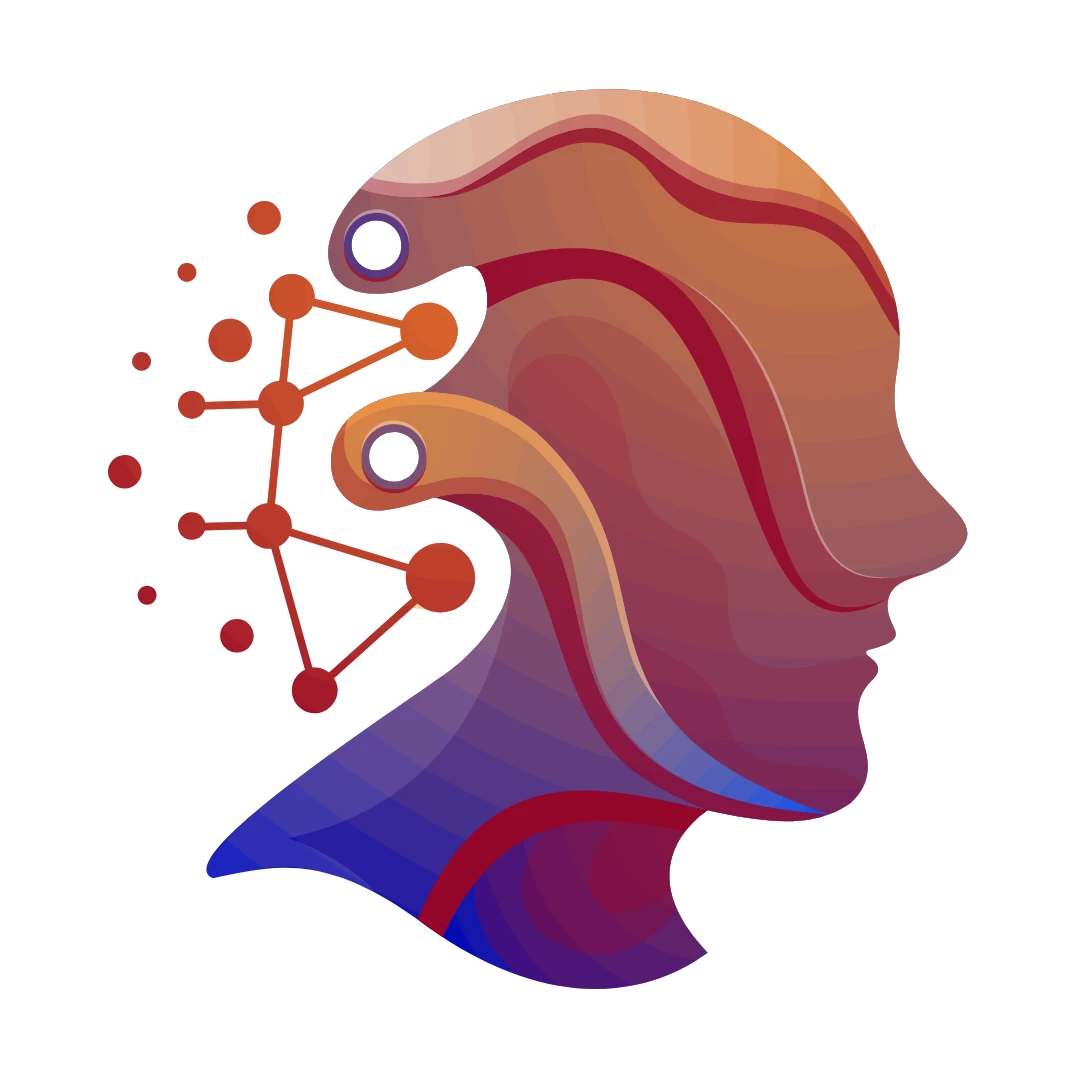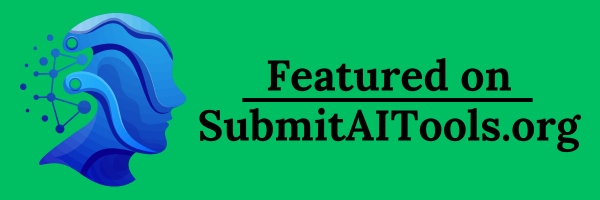Bravo Studio
Figma to App, Accelerated by AI
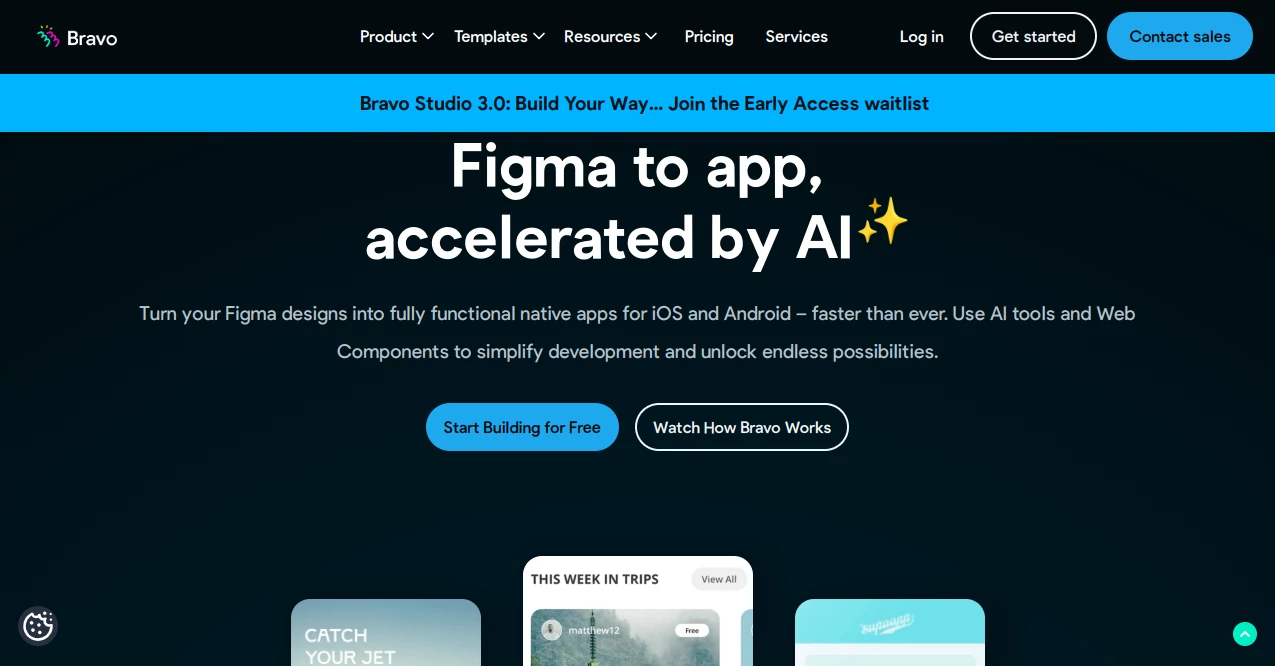
What is Bravo Studio?
Bravo Studio flips the script on app creation, letting designers and dreamers spin Figma sketches into working mobile experiences without touching a line of code. It blends sharp visuals with smart backend boosts, turning what used to take teams and timelines into solo sprints that launch fast and feel polished. Folks who've shipped with it often chat about how it unlocked ideas they'd shelved, making the jump from screen to store feel less like a leap and more like a stroll.
Introduction
Bravo Studio sprang up from the shared frustrations of creators staring at stunning designs that never saw daylight, bogged down by dev delays and steep learning curves. A handful of innovators pieced it together to bridge that gap, rolling it out as a haven where Figma files breathe life into iOS and Android apps with minimal fuss. Since then, it's gathered over two hundred thousand users—affectionately called Bravistas—who've launched everything from mindfulness havens to fitness trackers. What draws people in is that sweet balance of keeping your design's soul intact while sprinkling in AI magic to handle the heavy lifting, so you end up with something that looks like you and runs like a dream.
Key Features
User Interface
You slide into a workspace that mirrors Figma's familiarity, with drag-and-drop zones for layering in custom bits and a preview pane that mirrors your phone's screen in real time. Tabs for syncing designs and tweaking interactions pop up just when needed, without overwhelming the canvas, and the whole thing hums along whether you're on a laptop or tablet. It's the sort of setup that invites tinkering, where uploading a screenshot for style cues feels as natural as sketching a note.
Accuracy & Performance
Designs translate pixel-perfect, holding onto curves and colors that might trip up lesser tools, while AI suggestions lock in with a reliability that lets you trust the first pass. It zips through builds, even with layered elements, spitting out testable versions in minutes rather than hours, and updates ripple out to live apps without a full rebuild. Users nod to how it keeps things snappy during iterations, rarely forcing a reload that breaks your groove.
Capabilities
From pulling Figma frames into native shells to weaving in web snippets for dynamic touches, it covers the spectrum of app essentials like user flows and data pulls. Hook up backends whipped up by AI partners for seamless logins or content feeds, and layer on interactions that respond just so, all while scaling to handle user growth without a hitch. It's geared for endless tweaks, letting you prototype a meditation timer one day and a workout logger the next.
Security & Privacy
Your designs and data stay shielded with standard locks on transfers and storage, giving you toggles to dial back trackers if that's your call, though it might nudge the experience a tad. It plays by the rules on handling info, keeping personal project bits from wandering off, so you can share previews with collaborators without the full vault opening up. That quiet assurance lets you focus on crafting rather than covering tracks.
Use Cases
Wellness guides build serene spaces for daily breaths, complete with guided audio and progress nods that keep users coming back. Trainers craft pocket coaches for clients, blending workout logs with tip drops to foster real habits. Startups mock up investor pitches with interactive demos, turning static slides into hands-on proofs that seal deals. Even hobbyists tinker with personal dashboards, like recipe keepers that evolve with kitchen experiments.
Pros and Cons
Pros:
- Keeps your visual vision sharp while adding brains behind the scenes.
- Shaves weeks off timelines, ideal for solo launches or tight turns.
- Plays nice with AI sidekicks for backends that scale without sweat.
- Over two hundred thousand fans can't all be wrong—it's battle-tested.
Cons:
- Deep custom code might call for a quick refresh on basics.
- Privacy tweaks could dim some seamless syncs if you're strict.
- Best for design-forward folks; raw coders might miss the reins.
Pricing Plans
Dip your toes with a free tier that covers basic builds and previews, plenty for testing the waters on simple prototypes. Step up to pro for around twenty bucks monthly, unlocking unlimited publishes and AI integrations for steady projects. Teams grab enterprise at custom rates, tossing in shared workspaces and priority tweaks. Annual saves a chunk, and trials let you run a full cycle before picking a lane.
How to Use Bravo Studio
Start by linking your Figma account, pulling in a design file to watch it morph into an app skeleton. Sprinkle in web elements or AI-generated bits via simple pastes, then sync to Bravo Vision for a phone test drive. Tweak interactions on the fly, hook up a backend if needed, and push to stores with one click. For updates, just refresh the Figma source—it flows through without a full redeploy.
Comparison with Similar Tools
Where web builders like bolt.new stop at screens, Bravo pushes to native shelves, though those might suit quick mocks better. Against full-code stacks, it's lighter on the load for visual starters, skipping boilerplate for direct design dives. It lands in that goldilocks zone for creators craving control without the code cliff, blending speed with substance where others tip too far one way.
Conclusion
Bravo Studio clears the path from doodle to download, handing creators the keys to apps that wow without the wear and tear. It honors the spark of a great design while layering in smarts that make it stick, proving that building beautiful, useful things shouldn't be a battle. As more ideas find their way to fingertips, this platform keeps lighting the trail, one seamless sync at a time.
Frequently Asked Questions (FAQ)
Do I need to know code to get started?
Not a whisker—it's built for designers who dream big but skip the syntax.
How quick can I launch to stores?
From Figma to featured in days, not drags, with live tweaks even faster.
What about backends—do I build those too?
AI pals handle that; just import the links and watch it weave in.
Is it just for mobile?
Spot on for iOS and Android natives, where touch and speed shine.
Can teams collab on projects?
Higher plans open shared spaces for seamless handoffs and huddles.
AI Website Builder , AI No-Code & Low-Code , AI Developer Tools , AI App Builder .
These classifications represent its core capabilities and areas of application. For related tools, explore the linked categories above.
Bravo Studio details
This tool is no longer available on submitaitools.org; find alternatives on Alternative to Bravo Studio.
Pricing
- Free
Apps
- Web Tools
